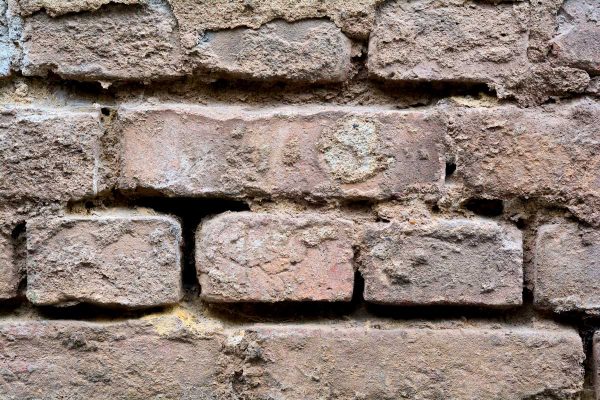Do you know why your mortar is receding?

If you’ve looked at any old building recently, chances are you’ve noticed that the mortar joints are set back further into the wall than the joints on a newer building. Receding mortar is a natural process, but it’s a real problem for older buildings or buildings that haven’t been maintained.
Why does it matter and how does it happen?
Natural erosion
Over time, mortar is affected by the environment just like any other building material. Several different causes result in a receding mortar joint.
Rain, hail, and other precipitation slowly erode mortar over time, even though they might look like they’re running off as it happens. It may be only on a microscopic level, but that water can creep into any cracks or imperfections, and over time that has an effect. Just look at the Grand Canyon—it’s obviously a much larger scale than a building, but rivulets of water running over the same surface for a while can carve through it.
In addition, the change of seasons is a huge factor in receding mortar, particularly in Oklahoma. Temperature swinging between extreme heat and extreme cold put undue pressure on mortar joints, and over time expansion and contraction take their toll.
As the condition of a building’s mortar gets worse, it has an exponential effect. The worse off a case of receding mortar is, the further and faster it will deteriorate. More cracks means more water to get in and erode, which means more surface area affected by freezing and more structural weaknesses for expansion and contraction to break open.
The solution
Mortar can only be repaired through the process of tuck-pointing or repointing, where old, defective mortar is removed and replaced with new, fresh mortar. On older buildings, this is a more involved process than newer ones. It takes a fair amount of skill to match the proportions and colors of old and new mortar. In some cases, it even involves taking a sample of the old mortar and forensically analyzing it to make sure the old and new mortar match.
Continually repairing mortar is the best way to extend the life of your masonry, but we also recommend doing a checkup every ten to fifteen years to keep your building in good condition. If you want to maintain your masonry or do a checkup, let JK Industries know and we’ll come give you a hand.
